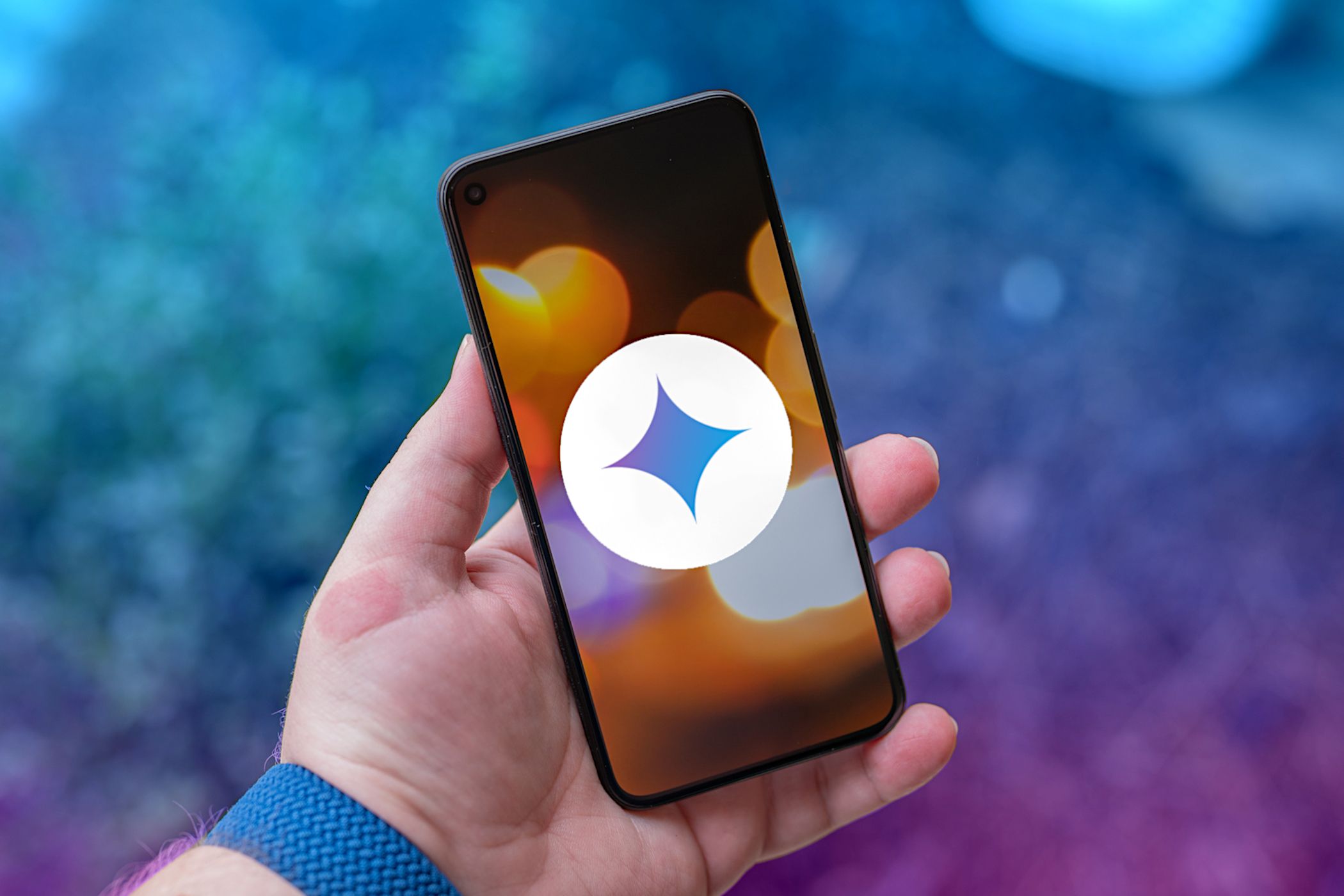What Is Cellular Data Throttling, and What Can You Do About It?
Internet
Key Takeaways
- Throttling slows internet speed intentionally below max advertised, for fair internet distribution.
- Throttling can occur due to congestion, soft data caps, or speed tiers.
- Solutions for overcoming throttling include moving from congested areas, staying within soft data caps, paying for unthrottled service, and using a VPN.
The speed of cellular data services is often a point of contention, especially since it changes depending on where you are at the moment, but that doesn’t mean your internet speeds are just up with the weather. Your mobile service provider can squeeze the pipe a little on purpose, and that’s what cellular throttling is all about.
What Is Throttling, and Why Does It Happen?
Throttling is simply when the service provider of your internet connection deliberately slows down the connection below its maximum advertised speed. In other words, it has nothing to do with the speed that’s currently possible, and everything to do with a decision or policy someone’s made.
That doesn’t mean your mobile provider is just being mean, there are many good reasons to throttle internet speeds on both wired and wireless networks. Mainly it has to do with keeping the experience good for everyone. If you have a few people who are bandwidth hogs, that will degrade the experience for everyone else. So, in that case, throttling individual bandwidth to make things fair is reasonable.
Likewise, if you’re using a service with a “soft” data cap, you may have your speed reduced after you hit that cap until the next billing period rolls around. Some providers may also choose to sell their services in speed tiers, where you get faster speeds the more you pay, even though there may be no data caps.
What a lot of people actually mean when they say “throttling” (which affects the entire connection) is “shaping”. This is the practice of slowing down specific types of internet services. For example, web browsing may happen at full speed, but Torrents or video streaming might be slowed separately.
So, with the basics out of the way, how can you get around throttling if that’s what you’re experiencing?
Move to a Less Congested Area
If you’re being throttled because you happen to be in an area with a lot of people sharing the same network cell, then all you can really do is move somewhere less congested. Connections are being throttled to give everyone a fair share of the bandwidth pie, so the only real solution in the short term is to move to a whole new “pie.” Alternatively, you can wait until your location is less crowded, or wait for off-peak hours to do bandwidth-heavy stuff on your mobile connection.
Stay Within Your Cap
If you’re using a cellular service without a hard cap, you can still make the effort to stay within your soft cap to avoid getting throttled. It may not always be clear what the size of this soft cap is, but more often than not, it should be in the agreement or noted in the advertisement in the fine print.
You can use your phone’s built-in data usage monitor to get an idea of how much data you’ve used or, in some cases, you can check your usage with your ISP itself. Try to use Wi-Fi as much as possible to preserve your mobile data and, of course, there are many other ways to reduce your mobile data usage;some common ones include:
- Downloading your streaming media before you disconnect from Wi-Fi.
- Setting streaming quality to something lower while on mobile data.
- Only updating apps or performing cloud uploads when connected to your home internet connection.
Modern mobile browsers often have data saver modes as well, which can both speed up your browsing and reduce your data usage, at a small cost to quality for things like images on websites.
Pay For an Unthrottled Service
“You get what you pay for,” as the old adage goes, and that’s true for internet services more than almost anything. If you need your connection to stay unthrottled, then you may have to pay for a mobile plan that promises to keep it that way. You might get priority over other users who are on lower tiers of the service, or simply have no soft cap, or at least a much larger one. In general, the more you’re willing to pay, the more premium your service will be.
Use a VPN
This last tip really only applies to shaping, that special type of “throttling” that only applies to certain kinds of web traffic. Unless your ISP throttles VPN traffic as a whole, then using a VPN masks what kind of web traffic you’re sending and receiving. This is a common way to overcome throttling on fixed home internet connections, and it applies just as much to mobile internet.
It’s not fun to get throttled, but the unique challenges of mobile broadband make it understandable and necessary for everyone to get a usable level of service. As long as you know what was truly promised by your ISP, then you can sign up with open eyes and know when you’ll be getting the best speeds possible, or just the best speeds on offer at that moment.














